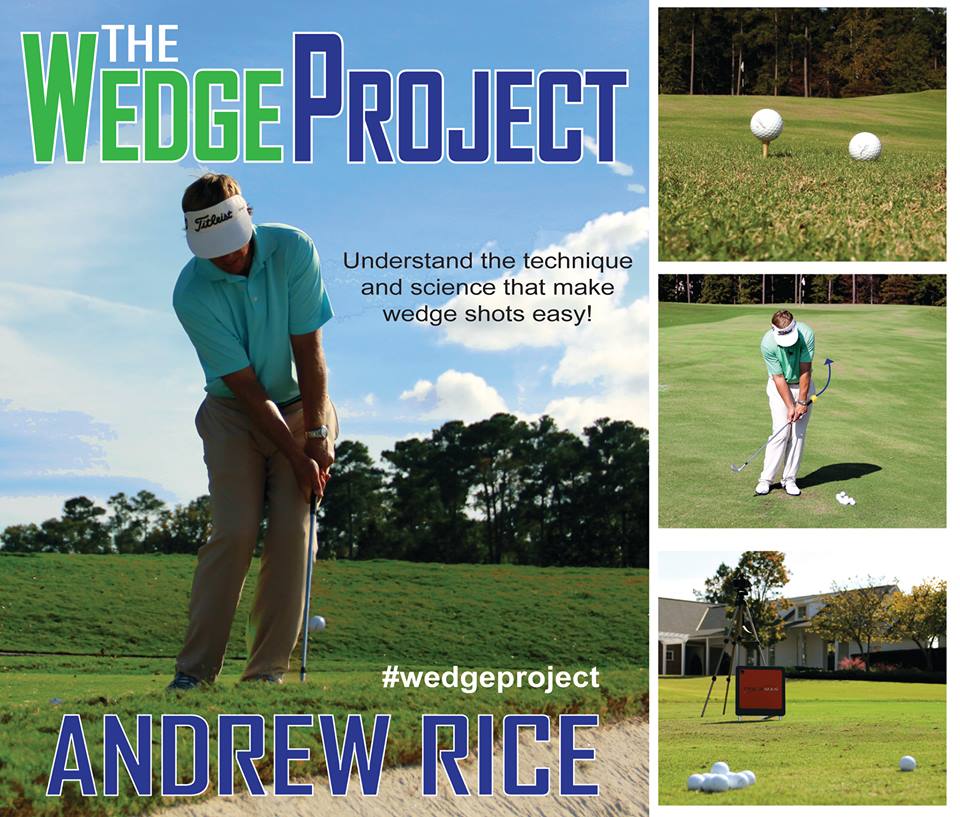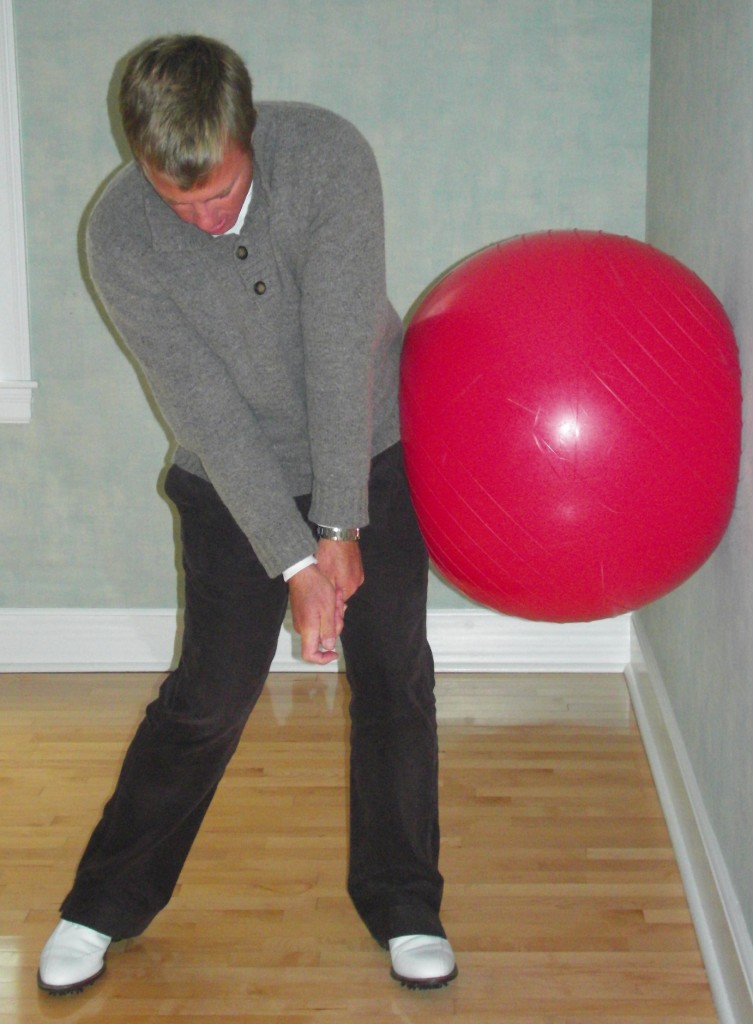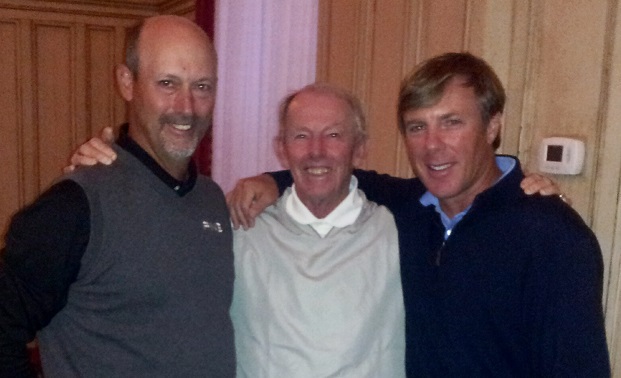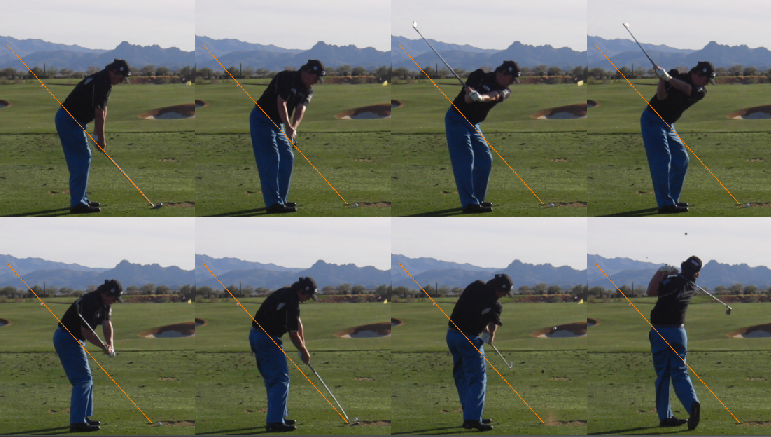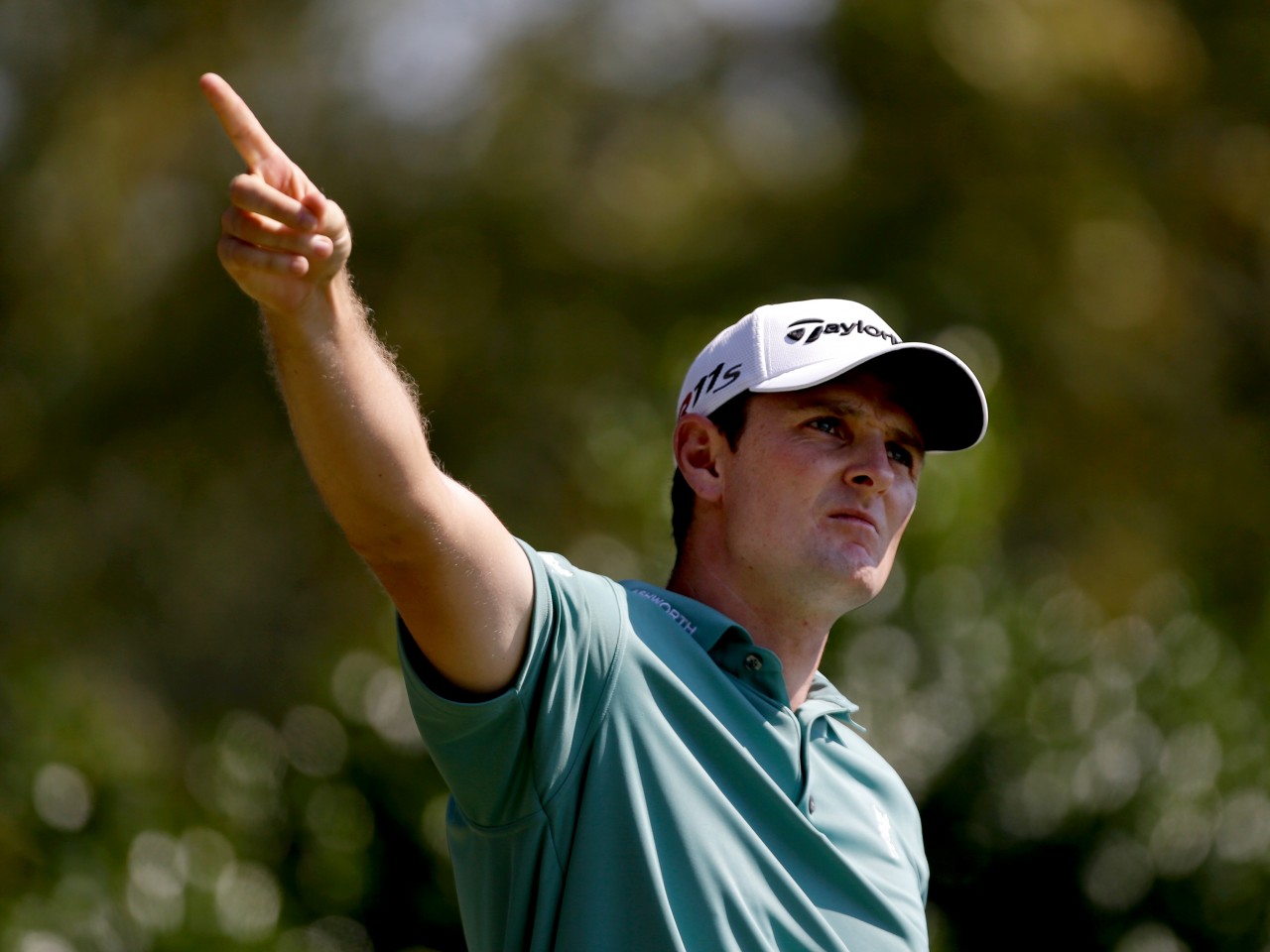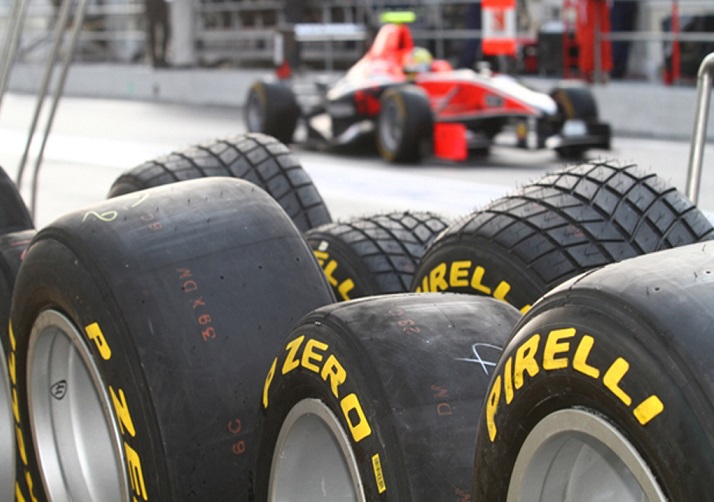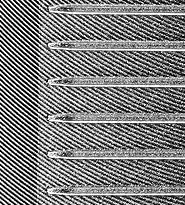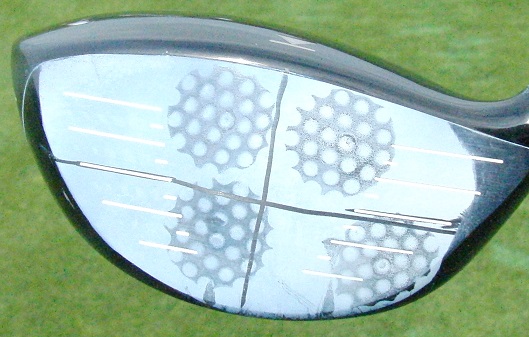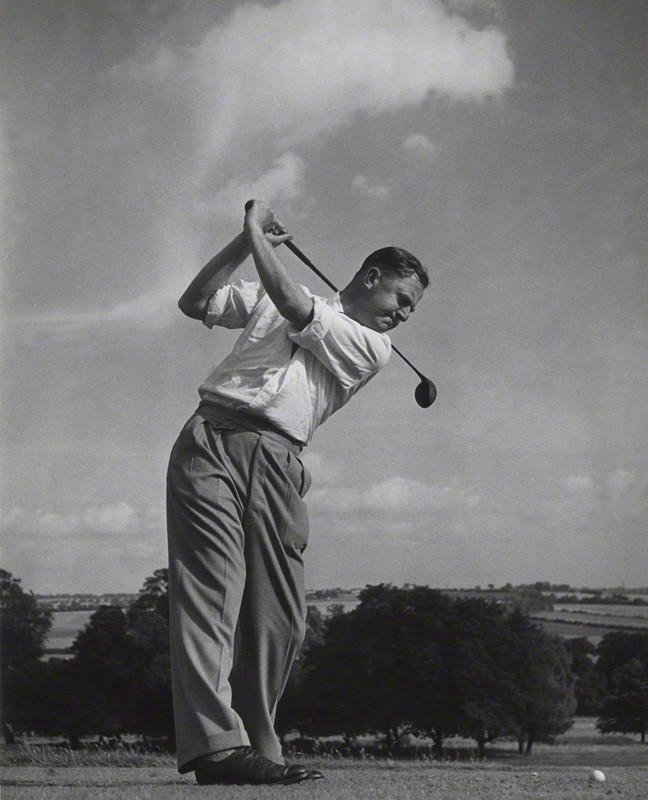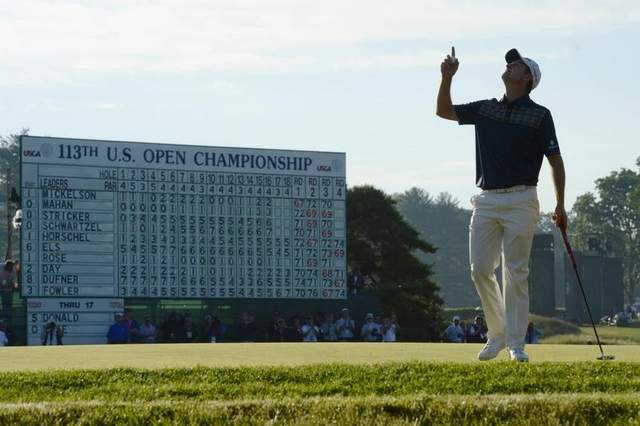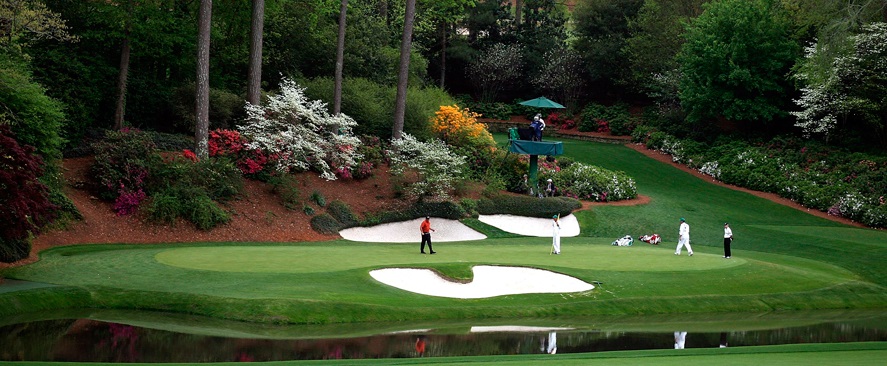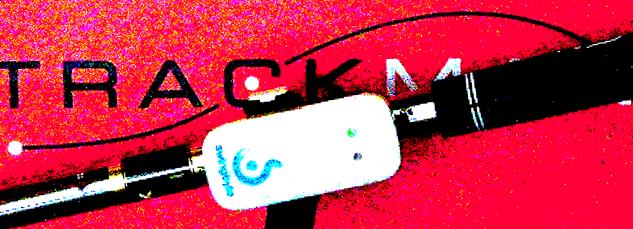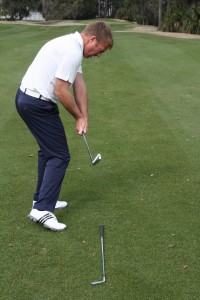Guidelines for Junior Golfers
/I have so much to say to junior golfers – they are the future of the game. Here is a summary of what I believe to be the most important points for them to observe:
- Always walk versus ride! Golf carts have been forced into the game primarily for financial reasons. They do not speed up the game; they do not provide the golfer with a better experience; and they do not improve the design of golf courses! Do yourself a favor and commit to never riding again unless it is absolutely called for.
- Compete, casually and seriously, as often as possible. One of the primary reasons boys are much better chippers than girls is because they love to compete and try unique shots around the practice green. It is this competitive environment that stretches them to create new and better shots. Apply this philosophy to every element of the game.
- Study and learn to appreciate the history of the game. Do you know who Bobby Jones is? Why is St. Andrews such a special place? Who is Dr. Alister MacKenzie? I wholeheartedly believe that this is an element of the game that is being lost on our young golfers – an appreciation of all who have walked the fairways before them. Read books and ask questions! You will be better off for it.
- Take full advantage of every opportunity you are presented with. Do not give yourself the chance to look back on your career and regret that you did not give everything 100% effort. Do everything to the best of your ability!
- Heart always beats out a pretty swing! When it comes to the game of golf, this statement will forever be true. All of the great champions played with a tremendous amount of heart; not all of them had pretty swings.
- Have fun with the short game. Try to hit the craziest shots you can imagine. It will teach you how to control your club face and ultimately the ball. I actually remember having SW long drive contests. Try to hit the highest, lowest, shortest shots you can think of; it all adds up to creativity around the greens.
- Work hard at the game. It’ll teach you about life and its challenges. Golf, like life, is not always fair, but patience, belief and persistence will pay off in the end.
- You do not have to be the next Tiger Woods or Jack Nicklaus. This is a huge problem I see amongst junior golfers and their parents. When did it stop being okay for junior golfers to just simply play the game for enjoyment? It seems that every junior golfer and their parents have their sights set on grandeur and no expense or sacrifice is too great for a slim shot at stardom. If you want to be as good as you can, by all means go for it, but if you just like the game for what it is, take it easy and just have fun.
- Play with the best golfers you can find. Nothing will improve your game as quickly as playing with players that are a lot better than you.
- If you are over 15 and serious about being good you need to look into getting stronger and fitter. Find a trainer who knows the golf swing and how to train for golf.
- Respect the etiquette, honesty and integrity of the game. Play the game at a different level than your peers. The vast majority of champions in the game were very clear in this regard – play golf the way it was meant to be played! Behave in a first class fashion on the course and it will start to carry over into all areas of your life.
A Note to Parents:
Give your young golfers a chance to have a great time playing and practicing the game. This way they will learn to love the game and when they love the game they will come back to it over and over. This is the only way they will ever reach their full potential - if you will allow them to have fun while playing golf!I have seen the game become work and a career for too many 12 and 13 year olds. I taught perhaps the best female junior golfer of all time in Aree Song. At 13 she had won the US Junior, the very first AJGA event she played in, finished in the top 10 in an LPGA major and was a first team AJGA All-American. Aree, now in her late twenties, no longer plays on the tour. She should be a dominant force in the prime of her career! We can all guess why she no longer has a passion for the game. Trust me; I have seen the right way and the wrong way; tread lightly and let them have fun.




